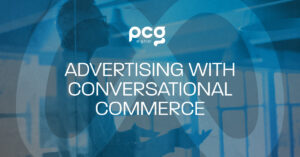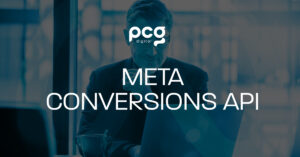Up until now, the Automotive Industry has never had a standardized way of running Search Engine Marketing. Every dealer, agency, and vendor has had their own way of executing and measuring the success of their Google Ads – leaving the industry at large at a huge disadvantage (if we are not measuring the success of our Google Ads in primarily the same way, how are we supposed to drive the framework forward for the industry?)
Back in the Summer of 2021, Brian Pasch released a research report highlighting what was broken within the current Google playbook. The signals we were sending to Google were wrong, the goals we had set up in analytics weren’t telling a story, and our bidding strategies weren’t aligned. We needed to build a new framework around how to execute Google Ads as an industry so we could measure the results of these Google Ads effectively.
The new Google Ads Playbook for Automotive includes three key points. Let’s explore them below:
1. New Views in Google Analytics
Within the new Framework, dealers will now have two new views in Google Analytics. One view will be for service and one view will be for sales (we can’t measure Sales and Service the same, so why would we have one view?). Each of these views include hard and soft goals that allow us to send the right signals to Google Ads. Separating these views will clearly show which engagements are shoppers looking to purchase a car, and which are searching for car maintenance.
Hard Conversions - Clearly identifies intent car shoppers
Soft Conversions - Differentiates shopper engagement
2. Two Ad Accounts in Google Ads - One for Sales and One for Service
Once these views are completed within Analytics, you then import those views into two separate Google Ad Accounts – one for sales and one for service. This allows us to tell Google exactly what we want to happen from our ads and to optimize our ads based on these specific goals. This also allows us to put specific types of campaigns in specific ad accounts based on what the outcomes are through extensive past and future research.
The research will continue to develop, and data can change, making it even more important for the Automotive Industry to collectively use one SEM Framework so we can continue to enhance it.
3. Use Value Based Bidding Strategies
Value based bidding strategies allow us to tell Google which actions carry more meaning. This allows us to take each individual goal from the new views we implemented and give each of them a value. This value will then tell Google which are most important (think back to hard conversions vs. soft conversions). Using a value based bidding strategy provides enhanced control over defining conversions and what they mean to your overall Google Ads strategy, gives dealers the ability to truly optimize for sales vs. service, and defines the most important outcomes for SEM campaigns.
Interested in learning more about this new framework for Automotive Google Ads? Reach out to view PCG Digital’s Senior SEM Specialists Sarah Stemen and Jacob Moody for a copy of their live webinar Understanding Automotive’s New SEM Framework.

Sarah Ciociola


Drive Your Meta Advertising Strategy Using Conversational Commerce

